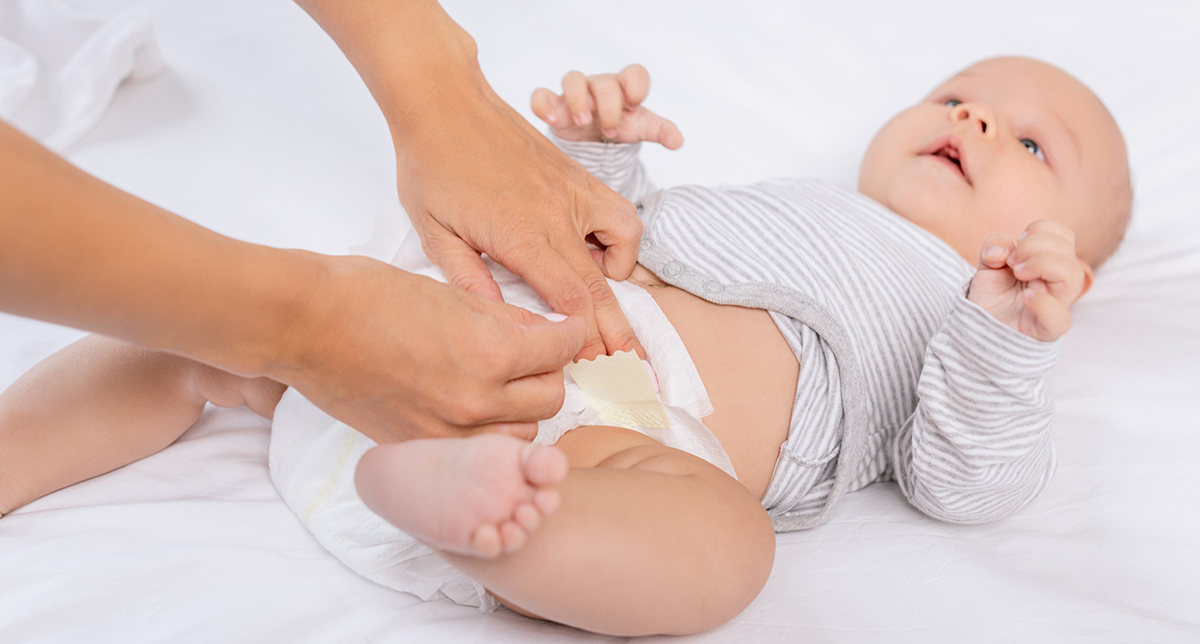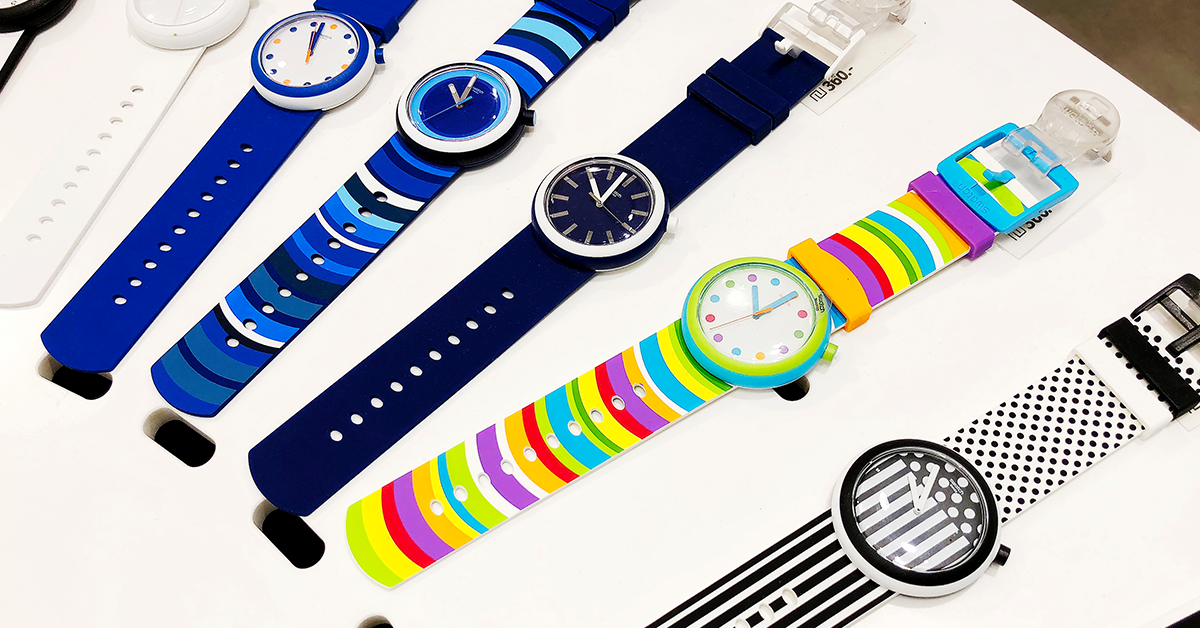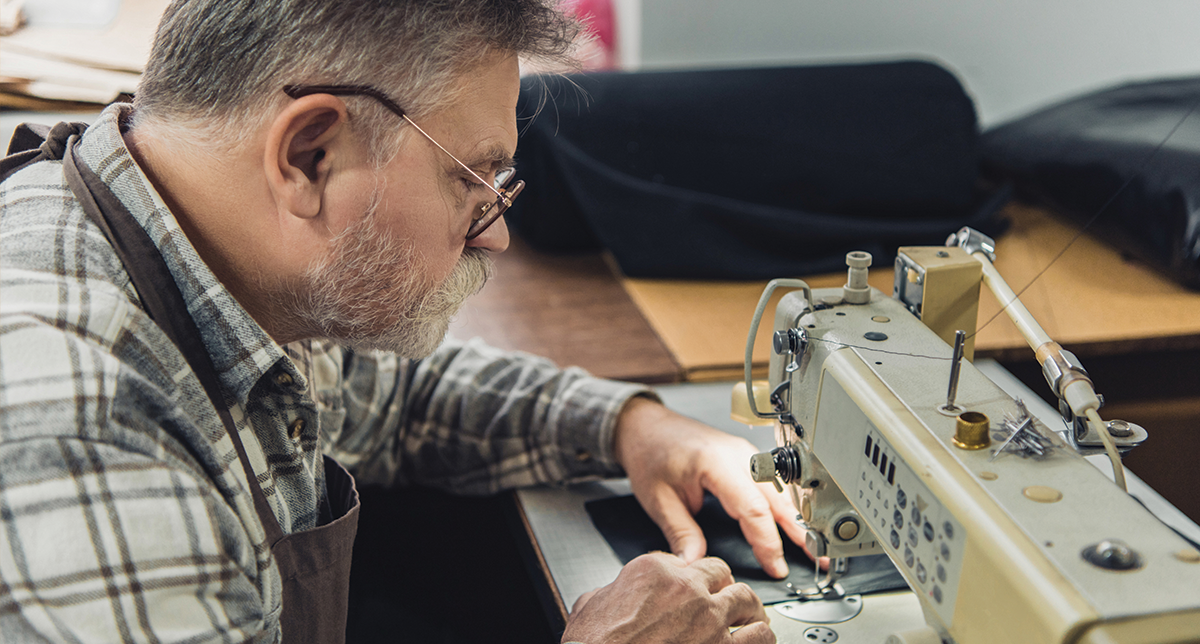Any parent knows, the more absorbent the diaper, the better. No one wants what’s in those things leaking! What makes disposable diapers able to hold so much liquid?
Before the invention of disposable diapers, cloth diapers were the go to for keeping your baby dry and clean. They didn’t hold much liquid, and they had to be washed constantly. After the second world war, mothers wanted to get away from the laundry and spend their time doing something else, so the race to invent the disposable diaper was on. In the 1950’s Valerie Hunter Gordon invented the two part diaper called the Paddi. The Paddi had a cellulose pad wrapped in cotton that could be thrown away. The cellulose pad was kept in place by a nylon envelope inside of the diaper. Pampers came onto the market in the 1960’s with the first completely disposable diaper and completely revolutionized the way parents diaper their babies.

The market for disposable diapers today is full of competition. Diaper companies are not only competing for the lowest price on diapers, but the best quality, too. Plastics play a huge role in what makes disposable diapers work so well, from the polypropylene shell to the to the absorbent pad, which in and of itself is remarkable. The pad must be absorbent enough to soak in liquid, but it also has to be able to retain it, since babies are constantly on the move.
The absorbent pad is made from a super absorbent polymer called sodium polyacrylate. This plastic is able to hold 300 times its weight, and can become 99.9% liquid. The super absorbent polymer, or SAP, has many more uses than just diapers. It’s used for fake snow for motion pictures, candles, hot and cold therapy packs, fuel monitoring systems in vehicles, and even potting soil.
These polymers, when used in creating disposable diapers, make diapers much thinner, which is great for the environment. Diaper manufacturers are able to use fewer raw materials to create diapers, which cuts down on the amount of waste going to the landfills. Researchers and scientists are working on a completely biodegradable diaper, but until then, the SAP solution is the best choice for cutting down on waste.
Polymers have helped the world of diapers to become more innovative and helpful, and parents all over the world couldn’t be happier.







